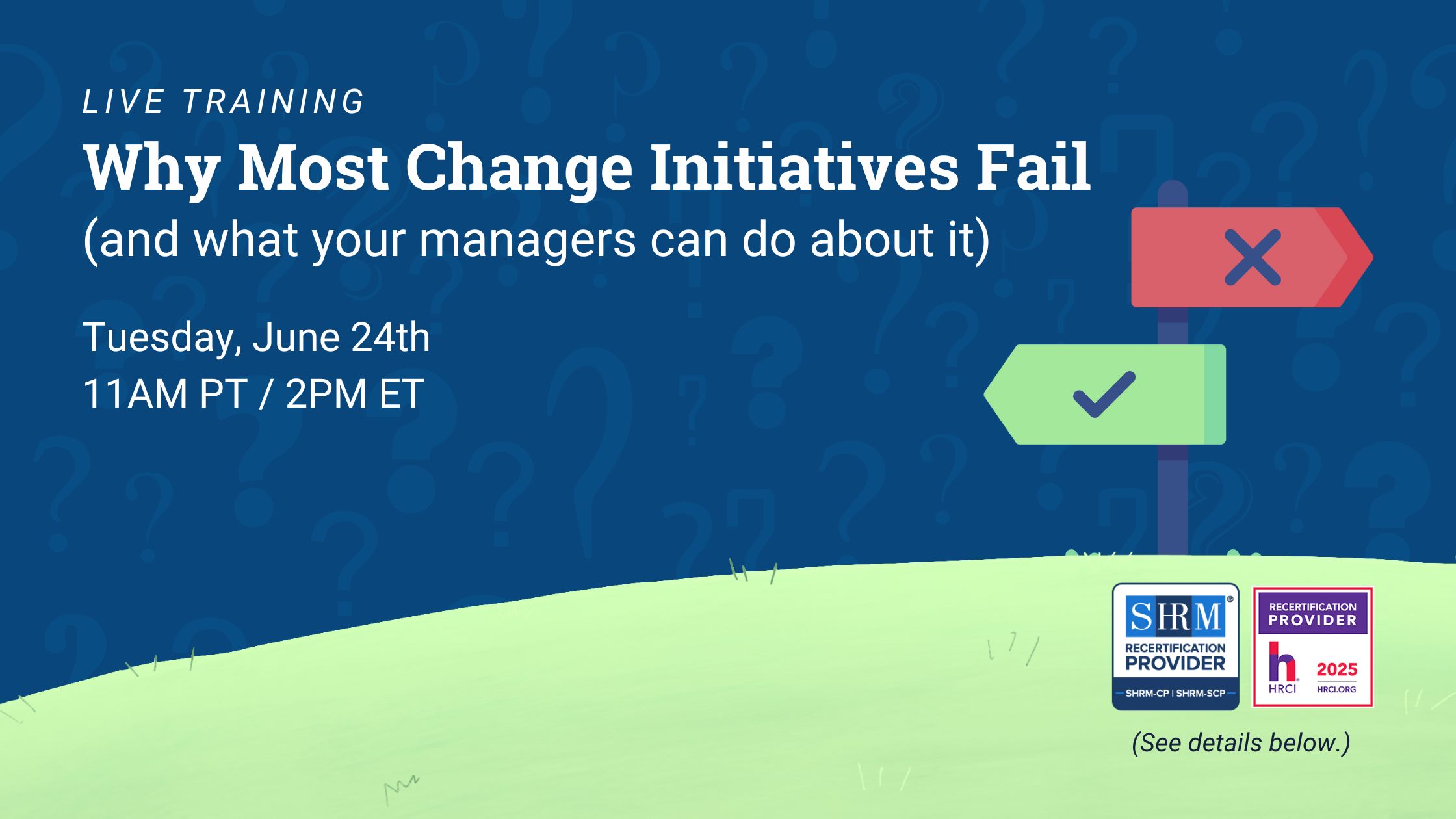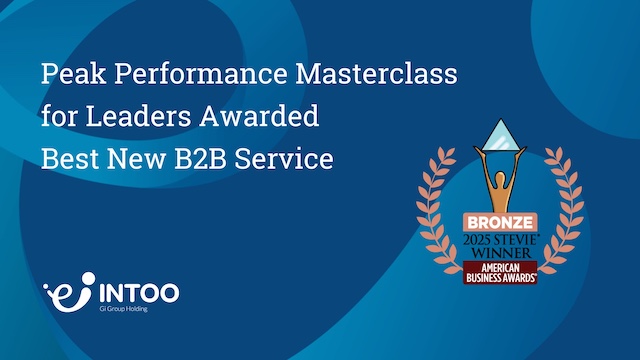Guest Post | By Yair Riemer, CMO, Intoo | @YairR – View Yair’s #TalkHR Webinar “3 Keys to Protecting Your Brand During A Downsize: Lessons from the Tech Industry.”
The stock market just posted its worst January since 2009. There’s a bit of uncertainty in the air. But regardless of the macroeconomic climate, in boom or bust, all companies experience turnover – and all HR leaders need to be prepared to act as the stewards of their employer brand during these volatile times.
So we did some research on employer branding, the state of the overall job market, and gleaned valuable qualitative feedback from speaking with and helping hundreds of HR leaders who manage layoffs and turnover events properly. Omnipresent in our conversations were three themes from which we sourced three actionable tips to protecting your brand during layoffs.
Don’t Wing It: Get Prepared
One of the most overlooked processes in many organizations is the layoff process. As an HR Leader, you should always be asking yourself, “How do we handle layoffs?” Why? Because, like that of people, the character of a company and its executive leadership is tested and judged in difficult times. Who’s evaluating your character? Your former employees–and current employees–who are out on social media, who have opinions, and who will get loud
With the increased use of social media and review sites like Glassdoor, anything that goes on within an organization has the ability to go viral… which means with layoffs today the stakes are higher than ever – your actions and words will be amplified so it’s better to get prepared.
That means knowing how much unused vacation time the employee has, delivering the final paycheck, and providing paperwork for benefits like COBRA and outplacement and career transition assistance. Being organized will show you care about your employee’s future and progression, and will help minimize the risk of negative reviews against your employer brand. Also, it’s just doing the right thing. From fringe benefits to severance payments, legal documents, and a general action plan – make sure you bring together the right decision makers and take the time to think through the plan.
Almost all HR leaders have given ample thought to to successful onboarding, employee career development, and encouraging employee engagement, but when it comes to layoffs, we’ve discovered in working with hundreds of companies over the past few years that some HR leaders don’t have a defined process at all. When layoffs happen, they’re dealt with on an ad hoc basis!
So don’t wing it. Prepare. If you wing it, the results aren’t going to be pretty – you’ll have untrained managers giving hard news to frustrated employees transitioning out of your company, and remaining employees left discouraged and soon looking to leave.
Related: Tech Layoffs Looming? Analyst Predicts Over 330k Workforce Cuts in Technology Sector
Train First-Time Managers
When it comes to turnover, for whatever reason, treat your departing employees the same way you’d like to be treated in the difficult circumstance of a separation. Having that top of mind during a reduction in force or layoff event will go a long way to ensuring you act with compassion and respect. One key way to achieve a smoother transition event is training your managers to communicate clearly and professionally.
Make sure your executives understand the sensitivity of the situation –the way you treat your employees at a difficult time will determine the character of your brand more than any employee benefit or perk you have to offer.
First-time managers are vulnerable during a layoff. We advise a workshop to walk them through the process and a script can help them better navigate the offboarding procedure. This careful preparation will keep the manager calm and on message, even in the face of a difficult or emotional response. In addition, prepare for the impact on morale among those employees that remain. Anytime a worker is suddenly gone, especially one who seemed to be doing well, the remaining employees may experience grief, anger, guilt, depression, fear of more layoffs to come, and worry about an increased workload.
When layoffs occur, company leaders, specifically immediate supervisors, must rally the remaining troops while acknowledging that these changes are difficult to accept. Make sure your managers are trained and understand the importance of the situation.
Provide Career Assistance Help: Do The Right Thing
People have 10 jobs on average in their lifetime. This means each employee has 10 opportunities to develop and share positive reviews or negative criticism about a company when they leave a job. According to the Peak-End Rule, how employees end their employment with your company could very well determine their outlook on their entire experience at your organization.
How are you increasing your chances of leaving a positive impression with departing employees so they continue advocating for your brand?
If action truly speaks louder than words, then offering real help to recently laid-off employees will deliver you, your employees, and your brand the most positive impact in times of transition.
By providing career transition assistance to departing employees, you are giving former employees a real chance at accelerating their re-entry into the workforce. You are not only helping them take the next step in their job search, but you are also taking a proactive step in protecting the employer brand you’ve worked so hard to build.
Preserving your good employer brand is also becoming more affordable, accessible, and effective: The days of outplacement being offered only to C-level executives at a cubicle or bricks and mortar workshop across town are fading away. Through advances in technology, outplacement is now accessible to everyone.
Regardless of the macroeconomic climate around us, in boom times or bust, if you approach your company turnover events with 1) detailed preparation, 2) proper training for first-time managers, and 3) career transition assistance for those departing employees, you’ll surely have a much stronger, and better protected employer brand in the long run.
Up Next: Webinar | 3 Keys to Protecting Your Brand in Downsize: Lessons from the Tech Industry











